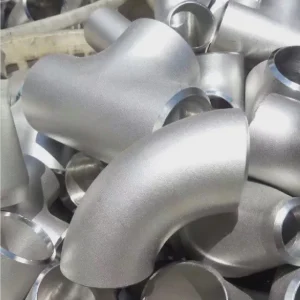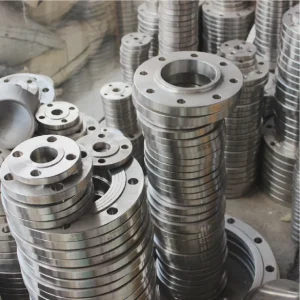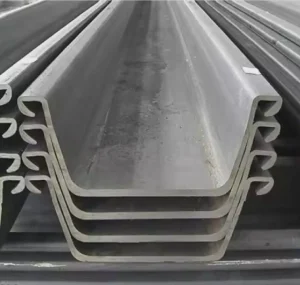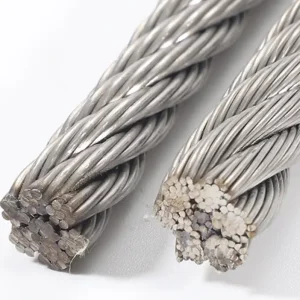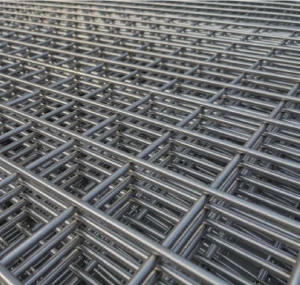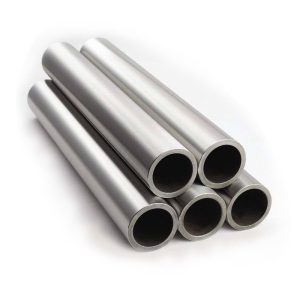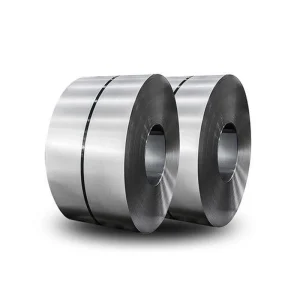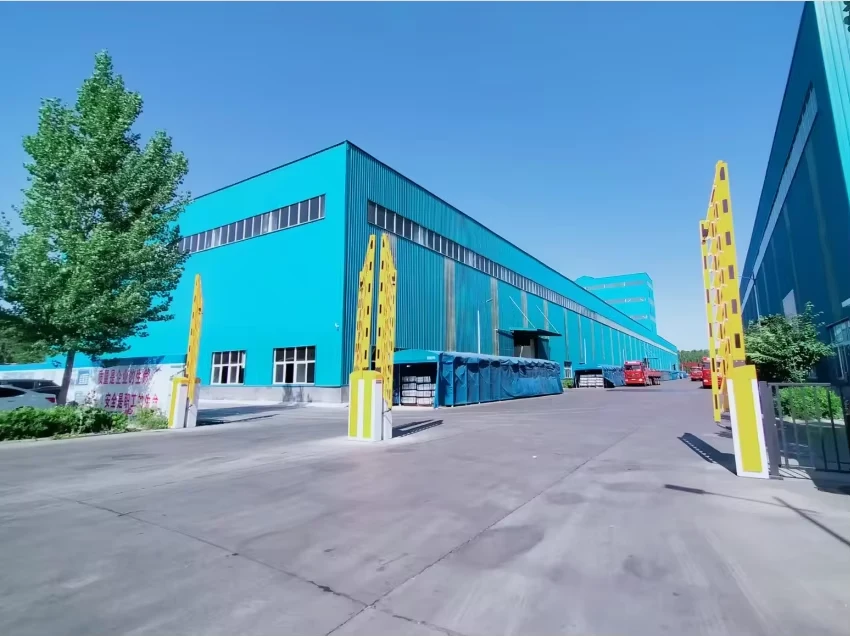Aluminum Foil 12x1000: Industrial Uses & Thickness Guide
Aluminum foil 12x1000—measuring 12 microns thick and 1000mm wide—is a powerhouse in industries ranging from food packaging to aerospace. But with so many thickness and alloy options, how do you pick the right one? Let’s cut through the confusion.
H2: Why Aluminum Foil 12x1000 Solves Industrial Pain Points
Problem: Plastic films tear under high-speed packaging, causing 15% production delays (Packaging Digest, 2023).
Solution: Aluminum foil 12x1000 offers superior tensile strength (up to 150 MPa) and heat resistance.
Case: A snack manufacturer reduced waste by 40% after switching to 12-micron foil for chip bags.
⚠ Warning: Avoid sub-10-micron foils for heavy-duty tasks—they puncture under 50 lbs of force.
H2: Aluminum Foil 12x1000 vs. Alternatives: Key Differences
| Factor | Aluminum Foil 12x1000 (Project A) | Plastic Film (Project B) |
|---|---|---|
| Temperature Range | -40°F to 600°F | 32°F to 250°F |
| Recyclability | 100% reusable | 20% (if non-laminated) |
| Barrier Efficiency | Blocks 99% UV/oxygen | 70% (prone to oxidation) |
| Cost per Roll | $220 | $85 |
| Lifespan | Indefinite (if undamaged) | 2–5 years |
H2: Decoding Thickness: Where to Use Aluminum Foil 12x1000
H3: 1. Food & Pharma Packaging
Its 12-micron thickness meets FDA standards for moisture and odor protection. I once used 9-micron foil for coffee bags—big mistake! Humidity ruined 200 lbs of beans in a week.
H3: 2. Thermal Insulation
With a reflectivity rating of 97%, it’s ideal for HVAC systems and spacecraft shielding (NASA, 2022).
H3: 3. Electronics Shielding
Blocks electromagnetic interference (EMI) in circuit boards—critical for 5G hardware.
H2: 5-Step Guide to Choosing Aluminum Foil 12x1000
- Define Your Load: For sharp-edged items (e.g., frozen fries), opt for alloy 8011 over 1235.
- Check Tensile Strength: ≥130 MPa for automated packaging lines.
- Verify Certifications: ISO 15390 for food safety or ASTM B479 for thermal apps.
- Test Flexibility: Fold a sample 10x—cracks mean poor tempering.
- Calculate Waste: Thinner foils cost less but increase defect rates. Balance wisely!
⚠ Warning: Never use recycled foil for medical packaging—impurities risk contamination.
H2: 3 Costly Mistakes to Avoid
- Ignoring Alloy Grades: A bakery used 3003 foil for chocolate wraps; acidic cocoa caused pinhole corrosion.
- Skipping Edge Reinforcement: Unhemmed edges tore in a conveyor belt, halting a $10k/hour production line.
- Miscalculating Thickness: 12-micron ≠ 12mm! One aerospace engineer mixed units, wasting $8k in materials.
H2: Future Trends in Industrial Foil Tech
By 2027, 30% of aluminum foil 12x1000 will integrate smart sensors to track temperature breaches (Grand View Research). Nano-coatings for self-healing microtears are also in development.
H2: Aluminum Foil 12x1000 Buyer’s Checklist
✅ Confirm thickness with laser micrometers
✅ Test tensile strength via ASTM E8/E8M
✅ Verify alloy compatibility (e.g., 1235 vs. 8079)
✅ Inspect roll edges for hemming defects
✅ Request MSDS for chemical exposure limits
Why Trust Us?
At Jiangsu Alit Aluminum, we’ve supplied ASTM-certified aluminum foil 12x1000 to Fortune 500 companies since 1998. Our foil rolls come with a 10-year integrity guarantee. Email sales@alitfoil.com for free samples tailored to your industry.




